ROOM: The Space Journal is one of the prominent magazines on space exploration, technology and industry. At ROOM, we share a common dream – advancement of peaceful space exploration for the benefit of humankind, all while bringing you fascinating articles on a plethora of interesting topics. Our authors include academics and industry leaders from all over the world, which lets us bring you the newest and accurate information about hubble space telescope how does it work.
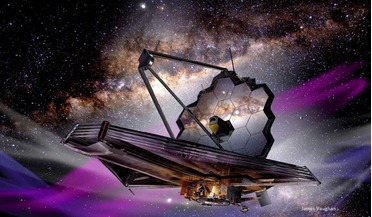 May 2022
Essential guide to the James Webb Space Telescope
May 2022
Essential guide to the James Webb Space Telescope
...Webb Space Telescope is about to reveal. WST is not ‘Hubble’s Replacement’ but ‘Hubble’s Successor’, designed to build on Hubble’s rich legacy and even to work side-by-side with the ageing telescopic powerhouse. Despite appearances, Hubble ... Early Release Science Programmes, high-priority exploratory projects designed to help astronomers learn how to use JWST’s instruments, test different configurations and modes, and help researchers ...
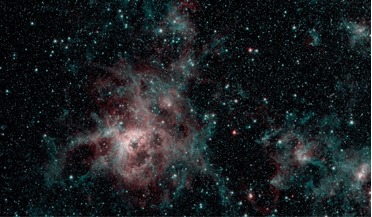 May 2020
Space astronomy at the limits of technology
May 2020
Space astronomy at the limits of technology
...Aerospace dates back to the early days of space telescopes and you have worked your way up to senior programme manager. Can you tell us a bit more about your early work on space telescopes? My first job at Ball, in the ... the Jet Propulsion Laboratory in Pasadena, California, on 30 January 2020. My first Great Observatory was the Hubble Space Telescope (HST). I was a team member on the high resolution spectrograph, which was one of the instruments ...
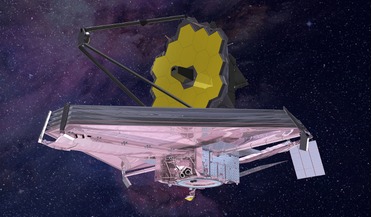 28 March 2018
Woes for Webb as the space telescope is delayed again
28 March 2018
Woes for Webb as the space telescope is delayed again
... Hubble Space Telescope, the James Webb Space Telescope (JWST) has had its launch date delayed again, this time until approximately May 2020. The JWST has been in the making since 1996 when the preliminary design work ... increases. But, do any missions lift off without a hitch? Let's not forget JWST’s predecessor, the Hubble Space Telescope. Hubble, which was the JWST of its time, was also beset by numerous technical delays and budget problems...
 April 2021
Space wars - how they start and how to end them
April 2021
Space wars - how they start and how to end them
... cannot reliably scan such great volumes and the primary manner in which space objects are detected is through optical telescopes. Over the past decades, there has been extensive research on stealth .... Notional orbital attack detection display. Due to the right of free passage in space already established by international agreements and tradition, how does one hold on to space ‘territory’? Is it similar to the law of the sea where no country ...
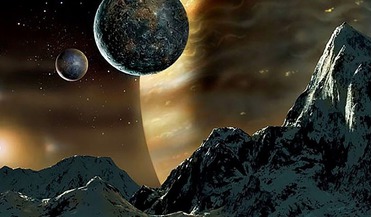 March 2016
Why We Need Space Artists
March 2016
Why We Need Space Artists
... the same sort of comments when photography was invented, when digital art became available, when the Hubble Space Telescope sent back its first amazing images of distant stars and nebulae. . . But let’s take ... on to lead a team of illustrators, working with scientist-writers under Wernher von Braun and Willy Ley, on a series of articles for Collier’s magazine, showing how humans could explore space, from a wheel-shaped station in orbit to a fleet...
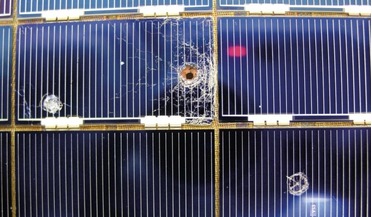 February 2021
Space archaeology - preserving our orbital heritage
February 2021
Space archaeology - preserving our orbital heritage
... from debris impacts and other hazards such as micrometeorite strikes, the majority of other space hardware does not. Under normal conditions, objects in LEO undergo orbital decay. Once an item ...consideration. Case study One notable space asset within the space heritage discussion is the Hubble Space Telescope (HST). Launched in 1988 aboard Space Shuttle Discovery, it is clear that the venerable space telescope has a limited future lifespan...
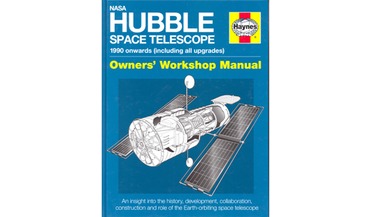 29 March 2018
NASA Hubble Space Telescope Owners’ Workshop Manual
29 March 2018
NASA Hubble Space Telescope Owners’ Workshop Manual
The Hubble Space Telescope is one the most iconic spacecraft of the entire Space Age and this Haynes Workshop Manual provides a good introduction to the science and technology involved. In common...historical background to the HST to (briefly) its successor, the James Webb Space Telescope. Significant sections include those on the design and development of the Hubble and its scientific instrument payload and one on the “corrective optics” delivered...
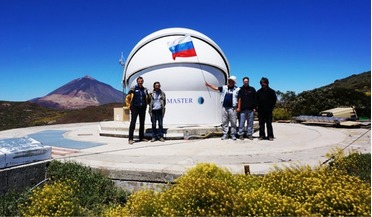 February 2017
Global robotic network for monitoring near-Earth and outer space
February 2017
Global robotic network for monitoring near-Earth and outer space
... ice and heavy winds. In milder climates, fibreglass pavilions, especially modified for the robotic telescope’s intense work, are used. All of the pavilions are fully able to open and provide access ...satellite of Jupiter which is 8.6 km in diameter, has an absolute magnitude of 21 and the visible light limit of the Hubble Space Telescope is 32. The angular speed of movement can reach 20-50 degrees per second. In recent years, the MASTER system has...
 February 2020
Preserving our space heritage
February 2020
Preserving our space heritage
... satellites such as the Hubble Space Telescope (HST) have contributed enormously to our understanding of the universe and are surely worth preserving. The International Space Station (ISS) is an iconic example of what can be achieved when nations work together, and historians...